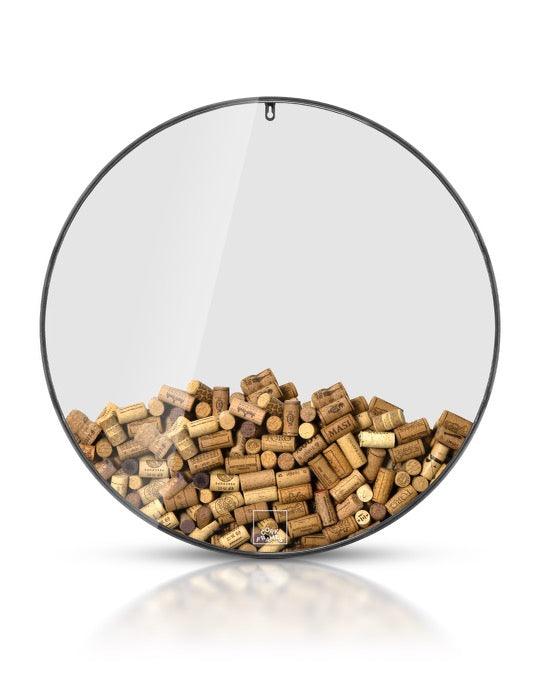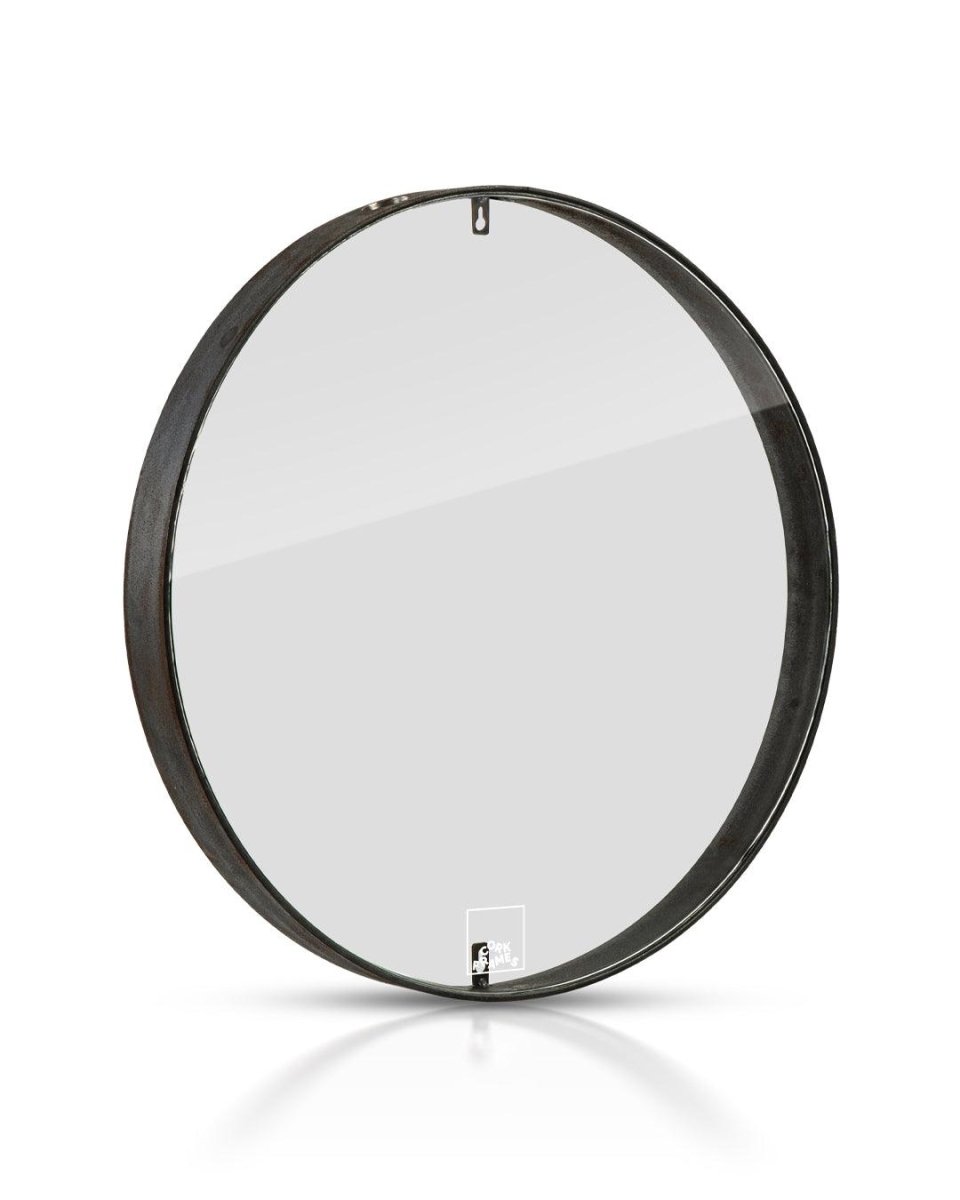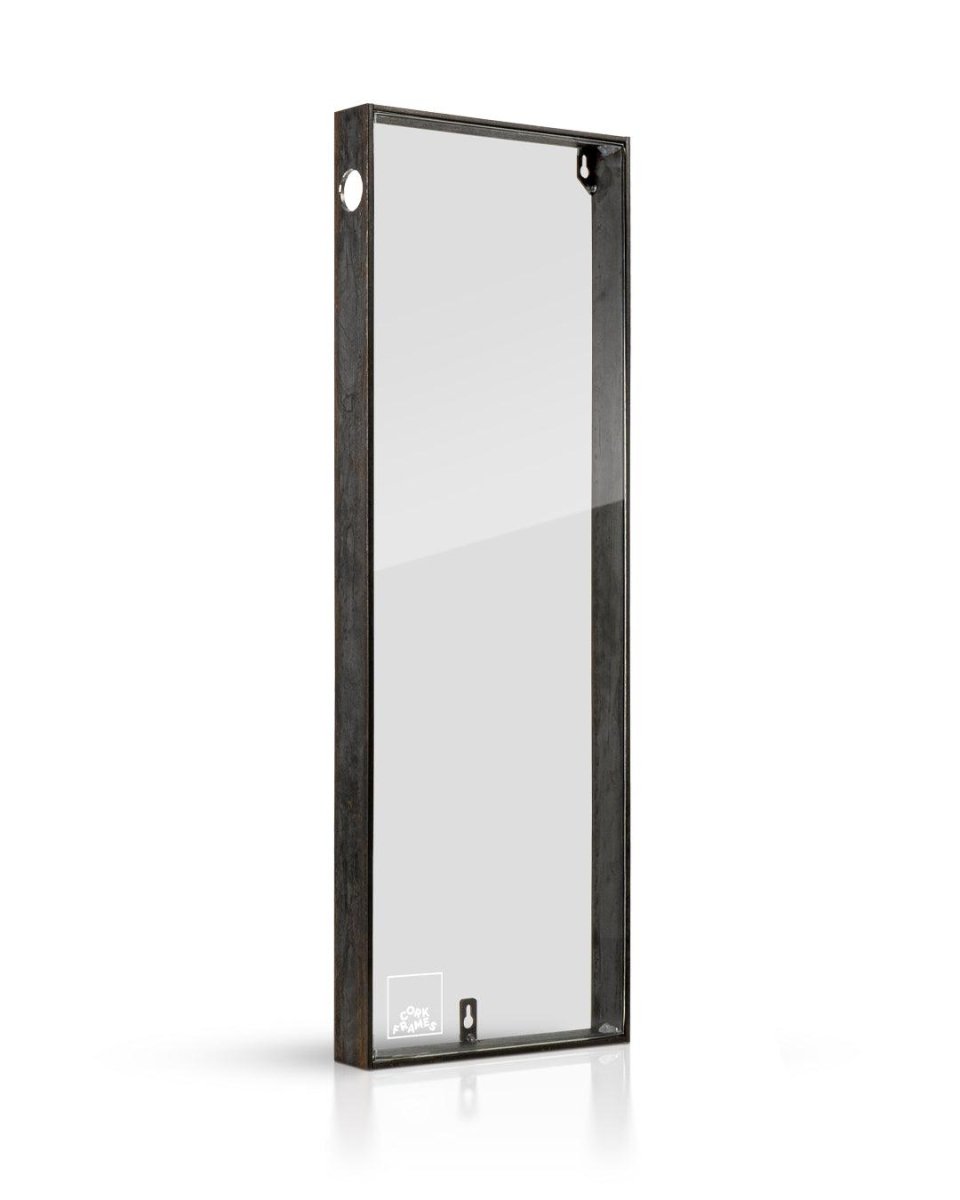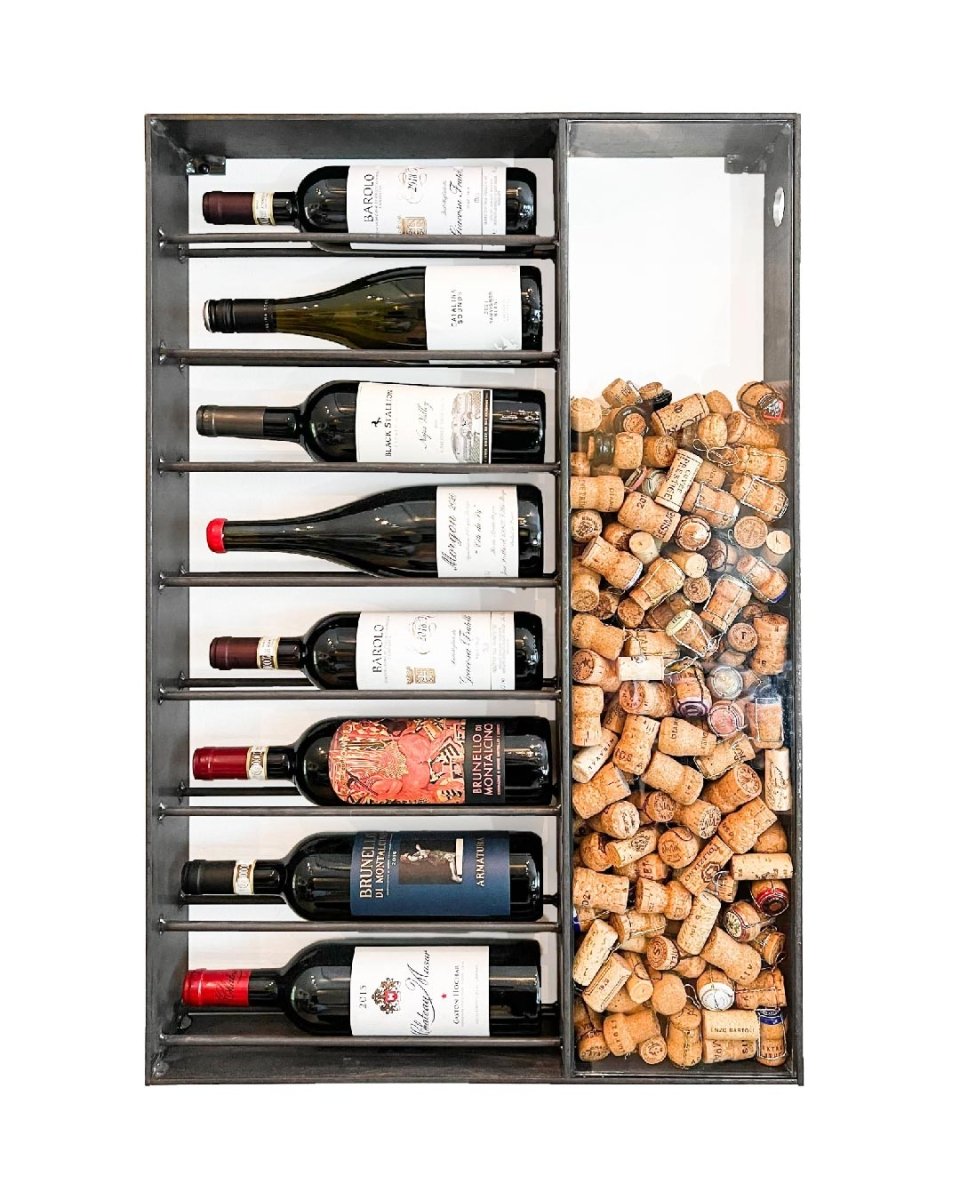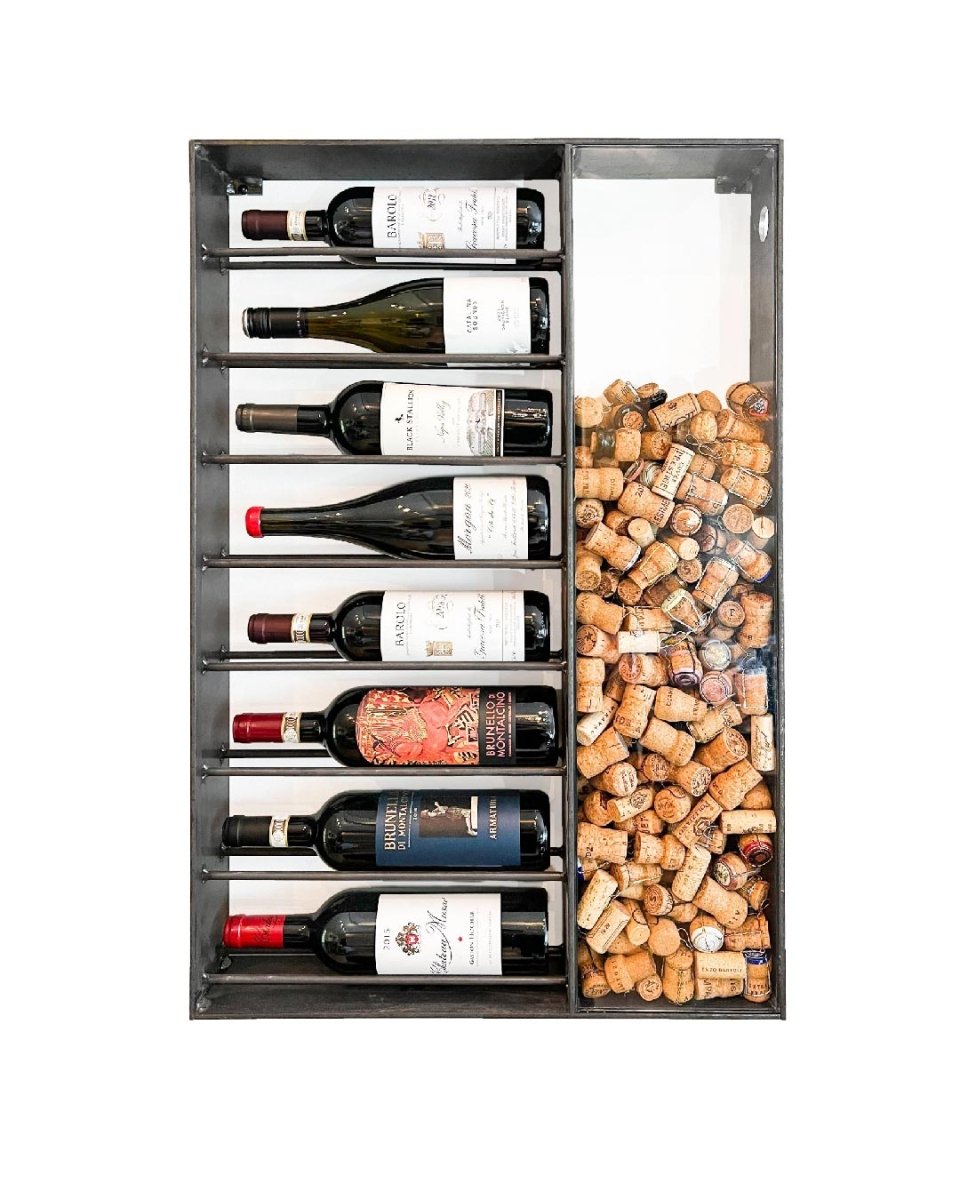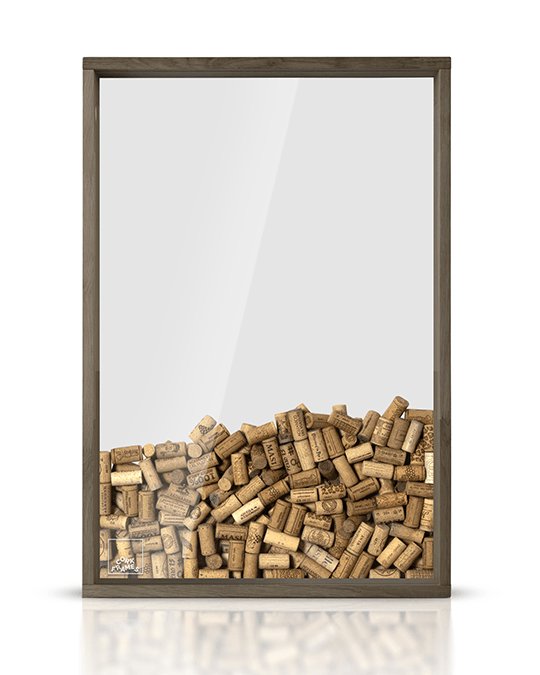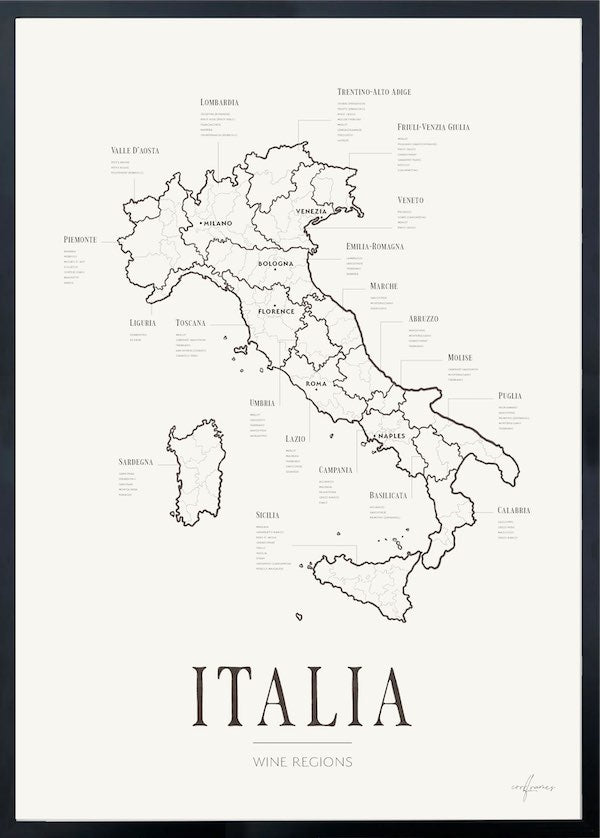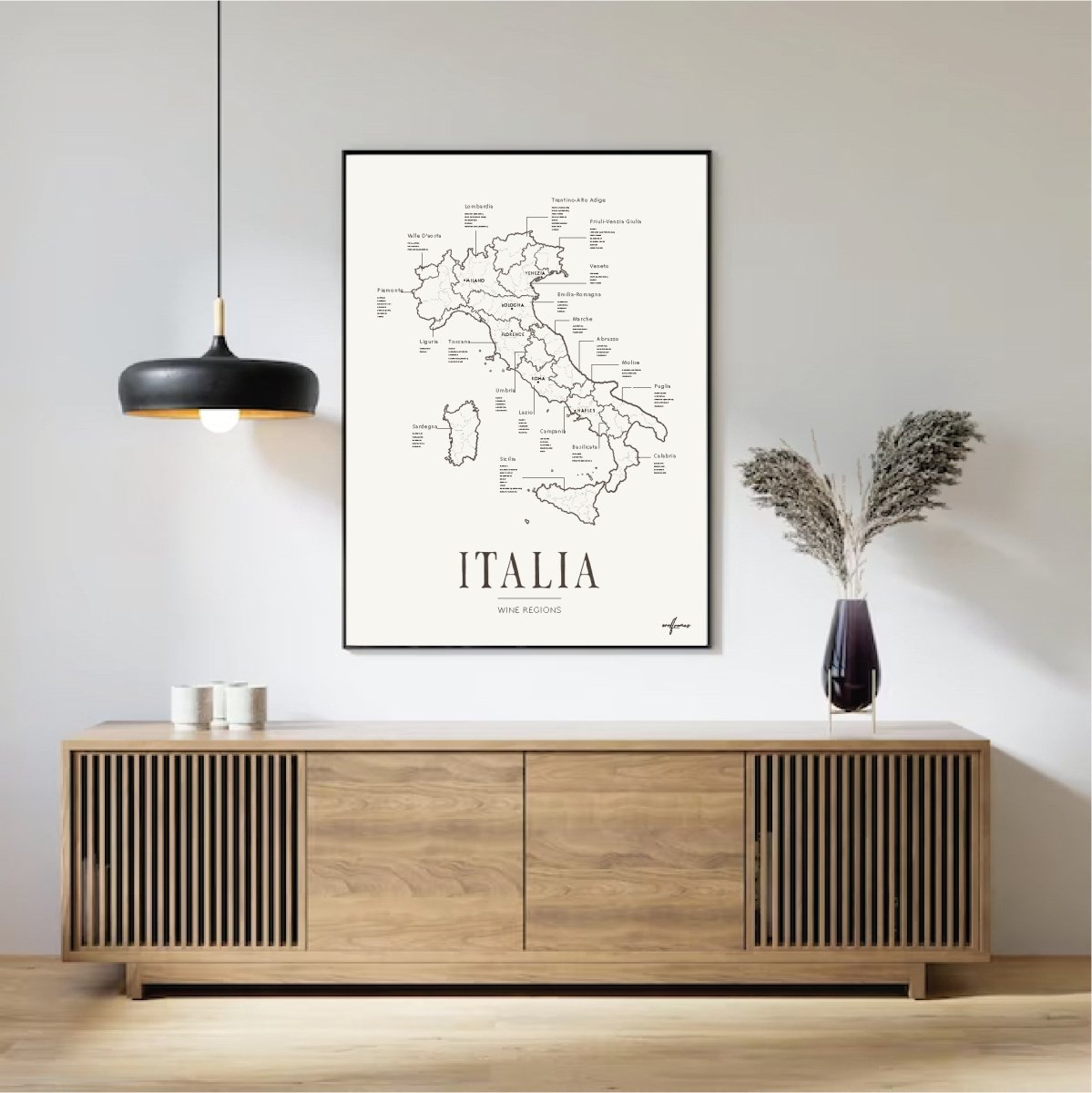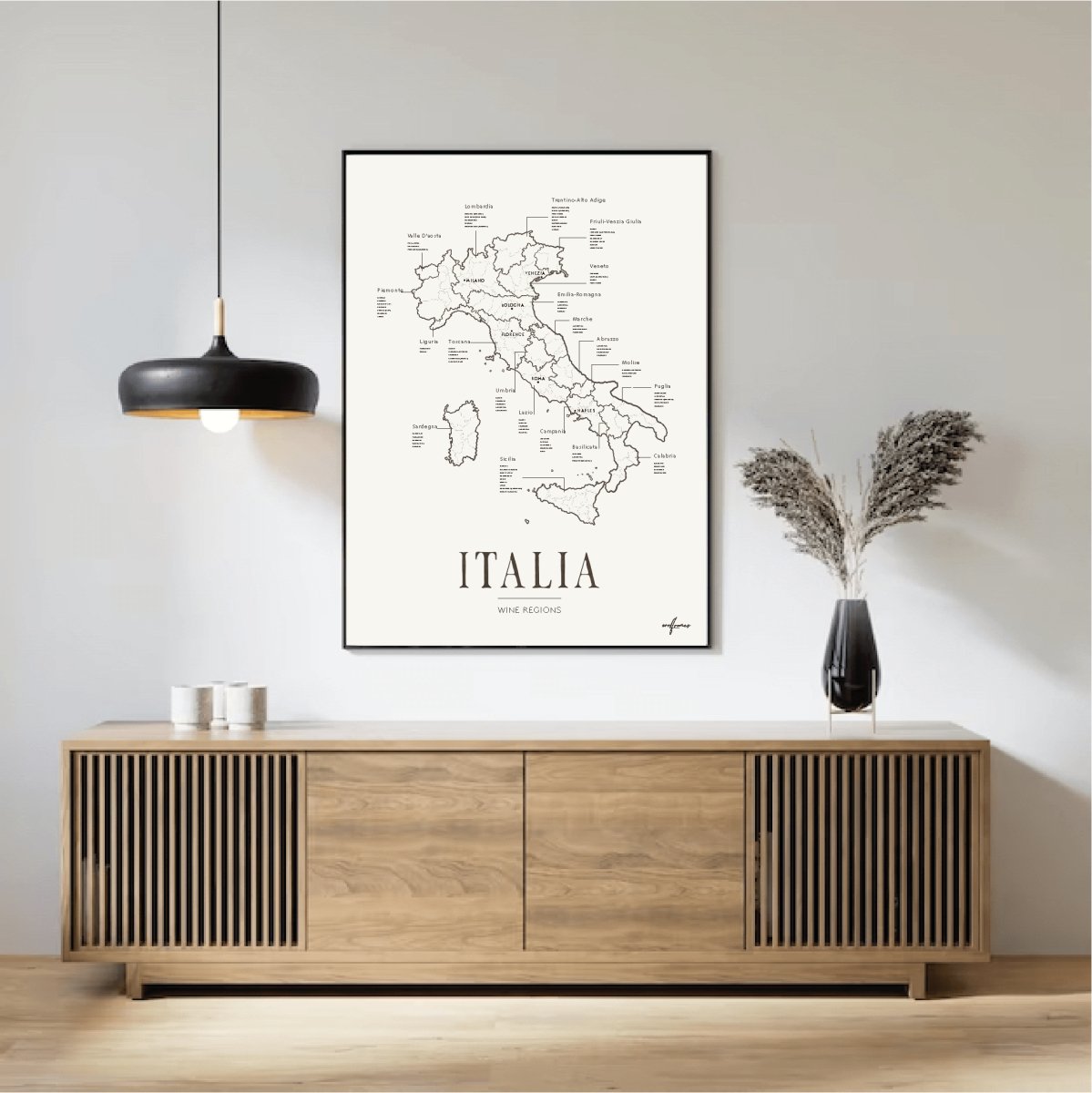A Michelin star is one of the most prestigious awards in the culinary world. It is awarded by the historic Michelin Guide, which has been reviewing restaurants globally since the early 1900s. Receiving a star is not only about recognition – it is a mark of quality that can transform the future of a restaurant.
The Michelin Star System
The Michelin Guide uses a three-star rating system:
-
1 star: A very good restaurant in its category – worth a stop.
-
2 stars: Excellent cooking – worth a detour.
-
3 stars: Exceptional cuisine – worth a special journey.
Each level reflects the quality of the food, technical skill, and creativity in the kitchen.
How the Evaluation Works
Michelin’s anonymous inspectors visit restaurants multiple times before making a decision. Their main criteria include:
-
Quality of ingredients
-
Mastery of cooking techniques
-
Flavor, balance, and harmony
-
The chef’s personal expression on the menu
-
Consistency – the same high standard at every visit
While service and ambiance enhance the dining experience, it is the food itself that determines the star rating.
What a Michelin Star Means for a Restaurant
Earning a star can bring international attention and significantly increase the number of guests. It can also help attract talented chefs and sommeliers who want to work in an ambitious environment.
However, the award also comes with pressure. Michelin reassesses restaurants every year, which means stars can be gained or lost. Maintaining the distinction requires constant development and uncompromising quality.
Receiving a Michelin star can change the future of a restaurant and open doors to an international audience.







